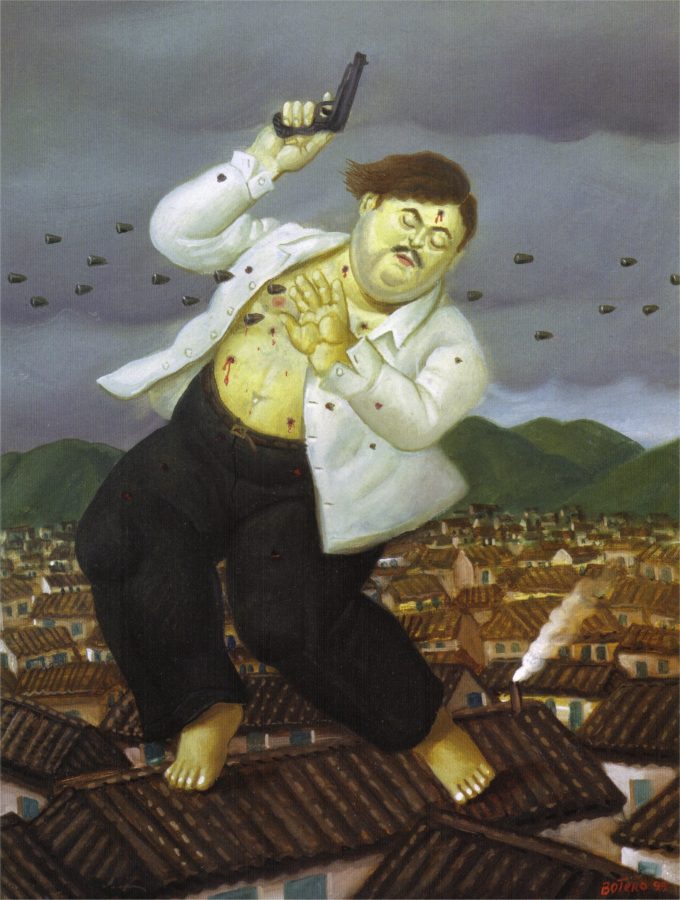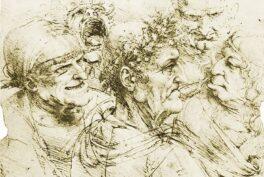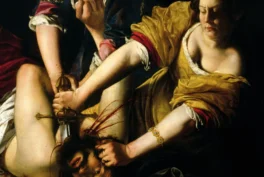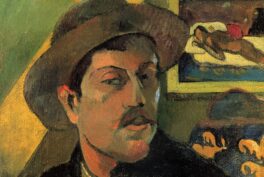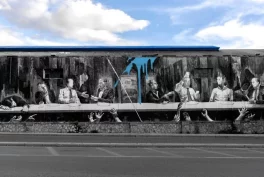Everyone’s excited about the second series of Netflix’s tv series Narcos – and I am too!
The series, set and filmed in Colombia, tells the story of notorious drug kingpin Pablo Escobar, who became a billionaire through the production and distribution of cocaine, while also focusing on Escobar’s interactions with drug lords, DEA agents, and various opposition entities. Pablo Escobar was a real person, his cartel, at the height of his career, supplied an estimated 80% of the cocaine smuggled into the United States and made 60 million dollars a day or 21.9 billion dollars a year in personal income. Often called “The King of Cocaine”, he was the wealthiest criminal in history, with an estimated known net worth of US $30 billion by the early 1990s. He was also one of the 10 richest men in the world.
But how can we connect Escobar to art?
So, there is a famous Colombian artist, painter and sculptor Fernando Botero. Botero’s signature style, also known as “Boterismo”, depicts people and figures in large, exaggerated volume, which can represent political criticism or humor, depending on the piece. His art can be found in highly visible places around the world, such as Park Avenue in New York City and the Champs-Élysées in Paris.
Botero is from Medellín. Medellín was also the hometown of Pablo Escobar.
Got the connection? Botero, active in commenting contemporary world must have reacted to the figure of Pablo Escobar and the massive violence caused by him. And he did.
But if you haven’t seen the last episode of the series, or don’t know how the whole history ends… leave this post NOW, and read something completely different like one of our most popular posts: Artemisia Gentileschi: The Rape Survivor And Her Revenge or These Photographs Taken By Edgar Degas Will Sweep You Off Your Feet. Botero’s paintings I want to show will be a huge spoiler for you.
Maks, thanks for the inspiration for this text!
Death Of Pablo Escobar
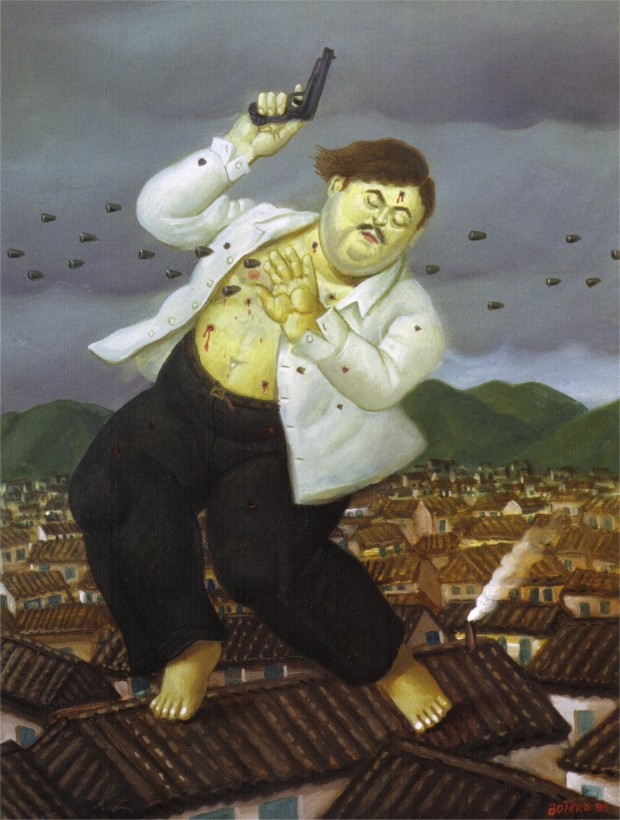
Here Botero presents Escobar fleeing the chase across the roofs of Medellín, just before being taken down by the police on December 2nd, 1993. The painter represented Escobar as a giant on the roofs of several houses with “bullets raining down”.
Botero painted several paintings presenting Escobar’s death. But what’s interesting, in the context of the war between drug trafficking Cartels, the Cali Cartel planted a bomb in Pablo Escobar’s house in 1993. Botero gave an interview then and said the following: “When they put a bomb in Pablo Escobar house, they emphasized the fact that he had a Botero in his house and this resonated widely with the Colombian press. So, I asked the director of the newspaper El Tiempo to write an editorial and inform the public that I felt repugnance due to the fact that Escobar had one of my works. My journalist friend suggest me to leave the country for my safety after writing the editorial, and so I did, I packed and went to Europe”.
Pablo Escobar Dead
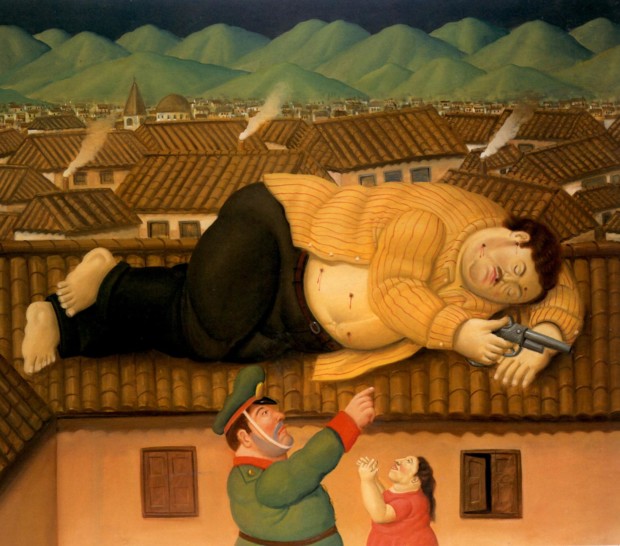
This work is connected to another painting made public by Botero in 2006, a painting titled “La muerte de Pablo Escobar”. This painting shows three characters: a police officer, a woman and Pablo Escobar. The size of each character indicates hierarchy: Pablo is a giant that preferred a tomb in his country full of mountains and traditional small towns than a jail in a modern city in the United States. The police officer is next in importance, timidly showing with his finger and face full of disbelief that Escobar has passed away with a pistol in his hand, and, finally, the woman has her hands placed as if praying and her face as if he were worshipping a martyr or a saint. The painting clearly shows the role that the drug lords played in the society, for some he was a villain, but for others he was a hero or even a martyr: “He helped the poor and died fighting”.
Find out more
[easyazon_image align=”none” height=”160″ identifier=”1250104629″ locale=”US” src=”https://www.dailyartmagazine.com/wp-content/uploads/2016/09/51Sa2599IXL.SL160.jpg” tag=”dailyartdaily-20″ width=”105″] [easyazon_image align=”none” height=”160″ identifier=”B008UX3ITE” locale=”US” src=”https://www.dailyartmagazine.com/wp-content/uploads/2016/09/518UESGvRlL.SL160.jpg” tag=”dailyartdaily-20″ width=”106″] [easyazon_image align=”none” height=”160″ identifier=”8857227596″ locale=”US” src=”https://www.dailyartmagazine.com/wp-content/uploads/2016/09/51hHFDq4xeL.SL160.jpg” tag=”dailyartdaily-20″ width=”150″]
